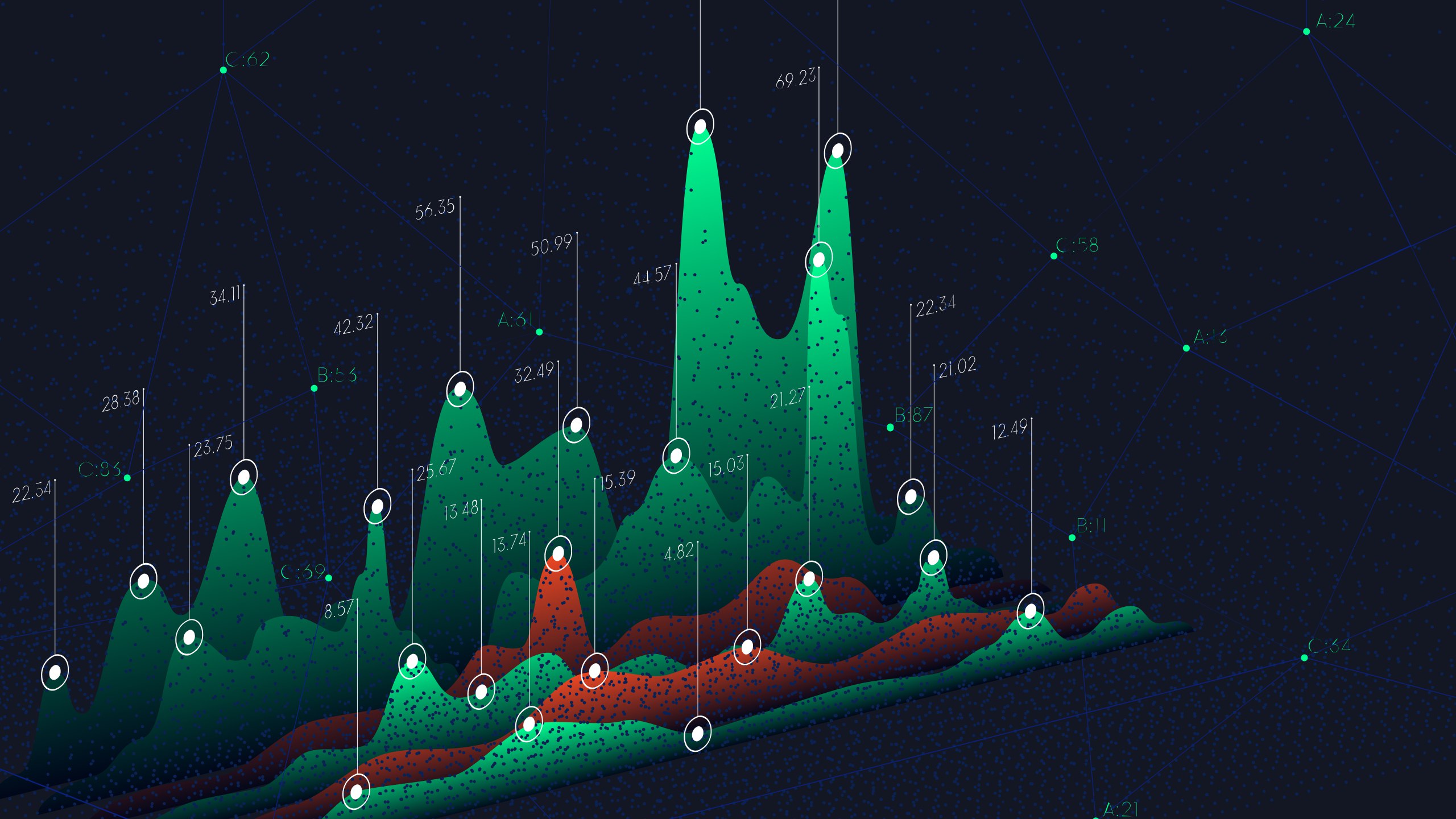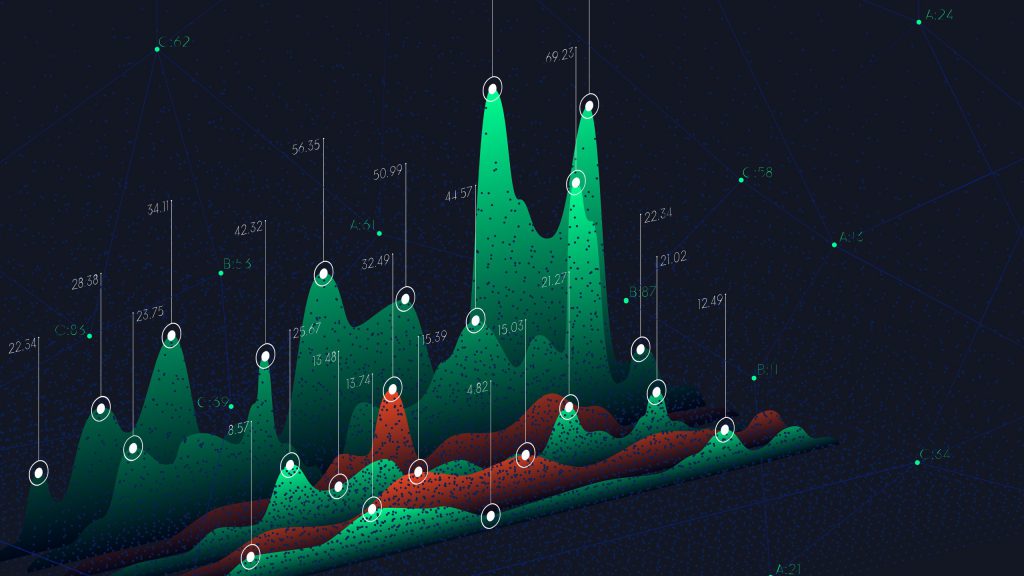
This is the inaugural monthly market insights report by Bitcoin.com Exchange. In this and subsequent reports, expect to find a summary of crypto market performance, a macro recap, market structure analysis, and more.
Crypto market performance
In late March, BTC tested $48,000, a key resistance level which had not been reached since September last year. After failing to push through, the marquee crypto saw a reversal to the $40-42,000 level. This had been acting as new support, notably higher than the previous support of $36-38,000 seen in the first quarter of 2022. However, at the time of writing, BTC had dropped below the $40,000 level.
Layer-one protocols led the outperformance over the last 30 days, with NEAR as the best performing large-cap coin. At the time of writing, it was up 64% on the back of a capital raise of $350M led by Tiger Global. Other top performers in the large-cap category included SOL and ADA, up 37.5% and 31.16% respectively over the last 30 days.
Despite a strong 30-day performance, the beginning of April has shown weakness, with the largest sectors experiencing losses across the board. Gaming saw the largest drawback, at -13.3%, followed by Web3 and Defi at -10% and -9% respectively.

Macro Recap: Hawkish Fed And Yield Curve Inversion Point To Gloom Ahead
April has seen some easing from the headwinds seemingly caused by the conflict in Ukraine, although U.S. monetary policy continues to be the main driver of financial markets. The month started with the release of the core U.S. CPI data from March 2022. At 8.5%, the number was slightly below expectations, which provided some relief to markets.
Nevertheless, 8.5% was the largest month-to-month increase in the core inflation metric since 1980. Federal Reserve Board of Governors member Christopher Waller stated he expects interest rates to rise considerably over the next several months given the current inflation numbers and the general strength of the economy.
Meanwhile, 2-year and 10-year Treasury yields inverted for the first time since 2019, which is commonly seen as a sign of recession on the horizon. This inversion has correlated with seven out of eight recessions historically.
Two-year Treasury yields are said to signify the cost of borrowing by banks while 10-year yields signify the potential to invest it in long-term assets. A tightened or inverted Treasury yield rate may force banks to restrict access to money, leading to a slow down in the economy.
Market Structure: Pricing Weakness Contrasts With Historically High Accumulation
BTC gains were erased over the last week after the previous breakthrough of a multi-month price range. Subsequent to the recent upside price action, there has been some profit taking in the market along with a decrease in activity in the network. However, some market metrics show all-time-high BTC accumulation providing support to the market.
We have seen this accumulation become public with the use of BTC as collateral. Notably, Luna Foundation Guard declared it is using BTC as collateral for its algorithmic stablecoin, but we’ve also seen inflows of BTC on Canadian Exchange Traded Funds (ETFs) as well as an increase in Wrapped BTC (WBTC) on Ethereum.
As shown in the graph below, exchanges have experienced a high volume of BTC outflows per month from their treasury, which can be interpreted as an indication of accumulation by BTC holders. The amount of Bitcoin leaving exchanges totalled 96,200 BTC in March, a rate similar to what we saw before the bull runs in 2017 and March 2020.

Another interesting metric that points to market accumulation is the ageing supply of BTC, defined as BTC not moved for at least one year. The below chart indicates an increase in ageing supply of 9.4% over the last eight months. This is similar to what we experienced in the 2018 bear market, when the ageing supply increased by 11.6% over a comparable time frame. This metric is important because it highlights the willingness of market participants to continue holding BTC despite experiencing drawbacks (53% in 2018 and 53.5% in 2022).

As mentioned, Luna Foundation Guard (LFG) is one of the most outspoken public organisations showing its interest in obtaining BTC supply. LFG increased its BTC balance sheet by 3x over a 9-day period, reaching 30k BTC held by their treasury.

Meanwhile, demand for BTC in the DeFi market is indicated in the growth of WBTC held by custodian Bitgo. This has also brought some buy pressure to the outstanding supply of BTC. Below we can see an increase in the supply of WBTC by 12,500 units in January, which will be deployed primarily in DeFi.

Lastly, we look at realized losses. This metric shows when holders prefer to sell and realize losses rather than hold the token with unrealized losses. During bear markets, we see an increased number of daily realized losses. The market is currently absorbing about 8.5k in BTC sales daily.

Overall one can argue that despite macroeconomic headwinds, BTC continues to find strong historical accumulation across a range of market participants. The realized losses numbers demonstrate that the weakness of some market participants is being absorbed at the current price levels. The resiliency of the market continues to prove strong. Along with an improving macro economic environment, this could provide positive price action in the near future.
Image Credits: Shutterstock, Pixabay, Wiki Commons
Disclaimer: This article is for informational purposes only. It is not a direct offer or solicitation of an offer to buy or sell, or a recommendation or endorsement of any products, services, or companies. Bitcoin.com does not provide investment, tax, legal, or accounting advice. Neither the company nor the author is responsible, directly or indirectly, for any damage or loss caused or alleged to be caused by or in connection with the use of or reliance on any content, goods or services mentioned in this article.
Read disclaimer


